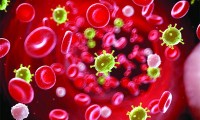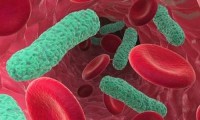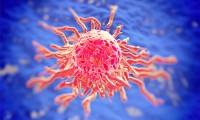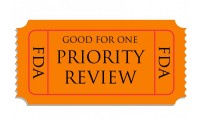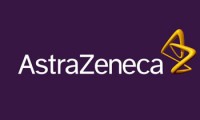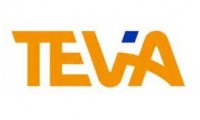-
After disappointing 2016, new drug approvals roared back to life in 2017
- Source: fiercebiotech
- 802
- January 4, 2018
-
FDA Approves Angiotensin-II for Septic Shock
- Source: PulmCCM
- 722
- January 3, 2018
-
Roche snags another Perjeta combo nod, but will ‘weak’ data limit its use?
- Source: fiercepharma
- 761
- December 28, 2017
-
FDA releases new guidelines for 3D printing devices
- Source: biospectrumasia
- 794
- December 27, 2017
-
FDA clears Shire’s dosing software for haemophilia A SHARE
- Source: medicaldevice-network
- 819
- December 26, 2017
-
FDA rolls out an early and historic OK for Spark’s pioneering gene therapy
- Source: drugdu
- 1,097
- December 20, 2017
-
Ultragenyx Sells Priority Review Voucher for $130 million
- Source: finance.yahoo
- 938
- December 20, 2017
-
US FDA Accepts Regulatory Submission for TAGRISSO (Osimertinib) in 1st-Line EGFR-Mutated Non-Small Cell Lung Cancer
- Source: finance.yahoo
- 784
- December 19, 2017
-
Surgical Device Company Virtual Incision Raises $18 Million in Series B
- Source: xtalks
- 790
- December 18, 2017
your submission has already been received.
OK
Subscribe
Please enter a valid Email address!
Submit
The most relevant industry news & insight will be sent to you every two weeks.

